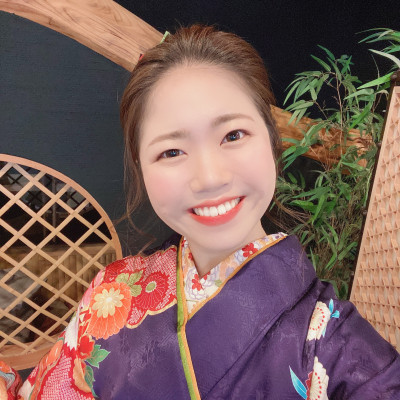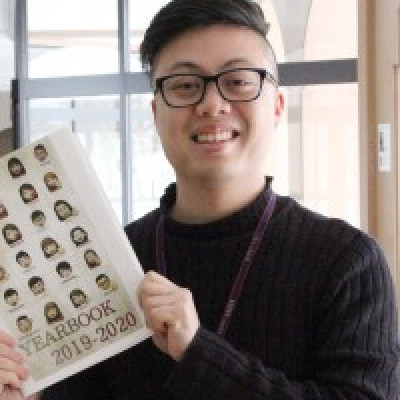Sessions / Location Name: C11: DO NOT RECORD
Physical Location
Location: C11
Building: Miwa Campus Building < The University of Nagano
Paper to pixels: A decade of EFL journal development #2829
Journal writing is a recognized and much-used tool in language teaching. In the language teaching classroom, it can address multiple needs: target language habituation, student interaction in the target language, provision of authentic materials, facilitation of both peer and instructor review, multimedia communication, multiple study skill integrations, enhancing student motivation, and many more. Journaling has been a component of the first-year courses I teach for over a decade and has been developed and refined through several iterations. This presentation has three distinct foci. First is the succinct elaboration of the language teaching needs the journaling program seeks to meet, followed by a description of the development of this program over time and the reasons why that development was necessary. Finally, there is a practical demonstration of the various modes, methods, and tools in the current OneNote-based journaling system, illustrating how it can be used, and be useful, for both students and educators.
Using Technology to Teach English Communication for Repeaters #2837
Eight students (n=8) attending a required course called English Communication at one university in Japan were taught during fall AY2020 (i.e., from September 2020) after the instructor reviewed literature from January 2017 to August 2020 on teaching EFL learners who are repeating their courses. When class began in September, the instructor started teaching 15 sessions on Zoom with each session consisting of two 90-minute sessions on Zoom, and took notes after class based on class observation after each session. Based on a synthesis of literature review and notes based on observation, it became evident that (1) a semester-long twice a week 90-minute course based on having students make answers based on open-ended questions can elicit increasingly complex responses from students whose TOEIC scores range from 295 to 345 points in the target language; and (2) having students submit reflections at the end of each class can enable teachers to understand difficulties students are facing with developing their linguistic skills and encourage students to reflect on themselves for personal development. Details of literature review, open-ended questions, and notes based on observation will be presented to help the audience think about ideas that can be applied to their own classes.
Effects of AI Speaking Application on Students’ Speaking and Listening #2907
The emergence of COVID-19 has promoted the wide use of Artificial Intelligence(AI) educational digital tools (Almarzooq et al., 2020), and one example of AI educational digital tools is the automatic scoring application that provides feedback on pronunciation (Fu et al., 2020). Ahn and Lee (2016) found that automatic speech recognition enhances language learning regarding pronunciation and speaking. Improving pronunciation may help English learners improve their listening comprehension. Understanding rules of phonemes and pronunciation is one of the top-down approaches to listening(Flowerdew&Miller, 2005). In order to investigate the effects of one AI application to practice pronunciation and speaking, ELSA Speak, eight university students took training of pronunciation focusing on improvements of phonemes using the application for about 40 days. Before and after the training, they took pre-and post- speaking tests and pre-and post- listening tests. To support students’ ongoing learning, the presenters had students self-and peer-evaluate weekly on an application for mobile phones, LINE, as a part of a cyclical phase of Self-Regulated Learning (Zimmerman, 2010). The results of the post-TOEIC listening test showed that the seven students improved their listening scores though only two students showed improvements on the post-speaking test. The presenters will also discuss whether the self-and peer- evaluation on LINE was helpful for the students to continue studying with the application.
ePortfolio: Using Mahara & Learning Management Systems (LMS) to showcase students' work #2955
In its simplest form, a student portfolio is understood as a collection of resources, including demonstrations, resources, and accomplishments that can represent a student's individual, group, or institutional work. It can illustrate different types of achievement, progress, goals, and future endeavors. While physical portfolios have been around for quite some time, the advancement of portfolios has been increasing in popularity due to their digital presence, especially with the current online climate. As ePortfolios are gaining momentum as a preferred way to demonstrate students' learning and competencies online, it is crucial for educators and institutions to increasingly understand their advantages.
This workshop will address a background of the e-portfolio landscape in relation to a physical portfolio. In addition, a selection of some of the more popular ePortfoilo software, including Mahara, LinkedIn, and WordPress, will be discussed, along with the benefits and challenges of using them. It is hoped that participants will be able to understand the potential and usefulness of having a ready-made portfolio for showcasing.




